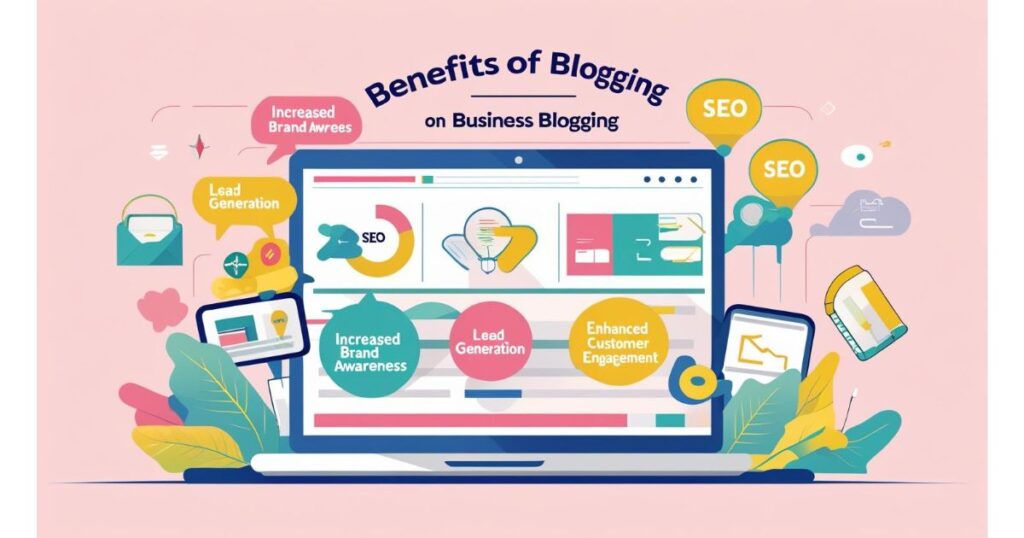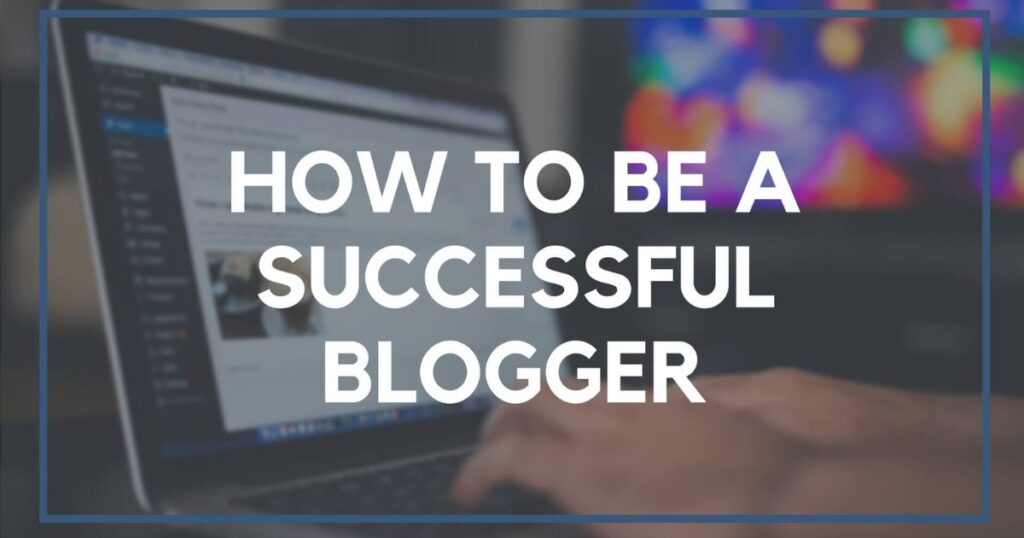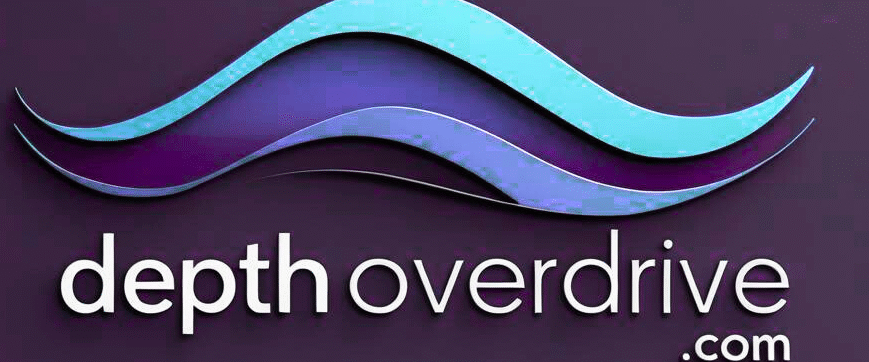Starting a blog for your business can feel confusing. But once you understand the basics, it opens up big opportunities. This blogging guide is made to help beginners like you. It answers all your questions and shows you how to grow a small business blog from scratch.
Whether you run a company blog or just want to learn how to start a blog for business, this guide is for you. Let’s walk through each part in simple steps. You’ll also learn the benefits of blogging for small businesses, ways to get more blog traffic, and how to turn blog visitors into paying customers.
What is a Blog?

A blog is a part of your website where you regularly post content. Think of it like a journal, but made for your readers and customers. Businesses use it to share updates, helpful guides, and ideas. That’s what a blog is used for. It helps build your online presence and keeps your brand fresh in people’s minds.
When you create a website blog, you’re offering useful value. It’s not only about writing — it’s about creating blog content that converts. Many people use platforms like WordPress blogs to start. This is great for blogging for growth and building a loyal audience over time.
How Do I Create a Blog?
First, you need a blogging platform. The most popular one is WordPress. It’s user-friendly and full of blogging tools that help you design your blog with ease. After that, get a domain name and connect it to your hosting service. This becomes your website address.
Next, choose a theme that fits your business. Then write your first post. This is where you’ll use blog writing tips and think about your blogging goals. Remember, this is the start of your journey in blogging for business, so focus on helping your audience.
| Step | What to Do |
| 1. Choose Platform | Use WordPress or similar blogging tools |
| 2. Pick Domain | Your website name |
| 3. Get Hosting | Bluehost, SiteGround, etc. |
| 4. Design Blog | Select a theme and a layout |
| 5. Start Writing | Use SEO tips and create helpful content |
What if I Don’t Have a Website at All?
You can still start blogging even if you don’t have a website yet. Use platforms like Medium or LinkedIn. These are great places to test your ideas and learn how to write your first blog post. Later, you can move everything to your site.
But having your site is better for building website authority. A personal site helps you grow long-term and improves your chances of getting blogging results. You’ll also have full control over design and SEO, making it easier to reach your blogging goals.
What Are the Benefits of Business Blogging?

There are many blogging benefits for your business. It helps you get found on Google. It lets you share your brand story. It even builds trust with your audience. One key benefit is that it improves your chances of appearing in search engines — that’s why blogging is important for SEO.
With consistent effort, your blog content marketing turns strangers into loyal fans. It supports content-driven marketing, grows traffic, and builds trust. You’ll be seen as an expert, especially if you use smart blogging strategies that match your customers’ needs.
What is a Blog, and Why Does Your Small Business Need One?
Your small business blog is more than just content — it’s your voice online. It speaks for your brand and helps you stand out. You don’t need a big budget to start. You just need to focus on what your customers care about and offer real help.
A business blog content plan improves your visibility. With the right content schedule, your readers will come back again and again. You’ll understand customer pain points, blog content, and speak directly to what they need. That builds trust, and trust builds sales.
How a Blog Drives Traffic and Converts Visitors into Clients
When you publish useful posts, Google sends people to your site. That’s how to attract blog traffic organically. Once visitors land on your blog, your job is to guide them. Good blog post SEO best practices, like using the right keywords and linking to your products, help with this.
Every blog post is a chance to convert. You add calls-to-action like “book a call” or “buy now.” These help in converting blog visitors into customers. Add videos or images to make your post engaging — this is where knowing why blog images matter and using video in blog posts helps.
Top 15 Tips to Be Successful in Business Blogging
Success doesn’t come overnight. But if you follow the right path, you’ll see growth. Let’s look at 15 proven blogging tips that lead to success in blogging for business.
| Tip No. | Blogging Tip |
| 1 | Know your audience and their problems |
| 2 | Use SEO best practices |
| 3 | Write clear and simple headlines |
| 4 | Add a strong call to action |
| 5 | Focus on the content schedule and rhythm |
| 6 | Add featured image and visuals |
| 7 | Use tools like Grammarly to proofread |
| 8 | Write for mobile screens |
| 9 | Use analytics to track blogging success |
| 10 | Repurpose posts on LinkedIn and elsewhere |
| 11 | Answer common questions |
| 12 | Tell stories or share customer examples |
| 13 | Update old posts regularly |
| 14 | Join blog communities |
| 15 | Test and tweak your style |
Taking Action: How to Start and Maintain a Successful Blog

Now that you know the basics, it’s time to take action. Start by setting your blogging frequency. Will you post weekly or monthly? Build a simple content schedule using free tools like Trello or Notion. These help you stay on track and never run out of ideas.
Also, learn how to promote your blog on social media. Share every post on LinkedIn, Facebook, or Instagram. Add a featured image and summary. This is part of how to get your blog indexed by Google, too. Search engines love it when you stay active and link posts across platforms.
Discover More from Have Presence
If you want expert help, Have Presence offers services for blogging for marketing. They guide small businesses to grow through content. You’ll learn to craft posts that match customer pain points, blog content, and build an expert voice online.
Their team also helps you with how to repurpose blog content on LinkedIn, edit drafts, and improve SEO. If you’re unsure where to start, Have Presence gives you a full content plan. This ensures every optimized blog post works toward your big picture goals.
7 Thoughts on “The Beginner’s Guide to Business Blogging”

Many beginners have shared their wins and struggles while starting their company blog. Here are some common lessons:
Some say the hardest part was finding time to post. Others realized later how powerful a blog is for SEO. One new blogger saw their blog traffic triple after using better headlines. Someone else learned how to build trust with blogging by telling personal stories.
One USA-based shop used its business blog SEO to show up in Google Maps results. Another marketer improved conversions just by adding subtitles to blog videos. These small changes add up to big wins over time.
Faqs:
1. What is a blog used for in business?
A blog is used to share valuable content, build trust, and drive blog traffic to your company blog.
2. How long should a blog post be for SEO?
An optimized blog post should be around 1,200 to 2,000 words for better blog post SEO best practices.
3. How often should I post on my business blog?
Aim for consistent blogging frequency, like once a week, to support your content-driven marketing.
4. How do I find topics for my business blog?
Use tools like Google Search, AnswerThePublic, or customer questions to find blog topics that solve customer pain points.
5. How do I convert blog visitors into customers?
Use strong CTAs, solve problems, and offer value to focus on converting blog visitors into customers.
Conclusion
So, where do you go from here? Start simple. Write about what your customers care about. Use this complete guide to business blogging for beginners to shape your voice, build trust, and share value.
Stick to your content schedule, focus on your readers, and track your blogging results. Every post is a step closer to a stronger online presence. Ready to begin? Your blogging success story starts now.
You Also Read This Article: 100+ Profitable Niche Ideas List – Start in 2025 to Make Money
Welcome to Depthoverdrive,
I’m Syeda Naqvi, a passionate SEO content writer with 3 years of experience in crafting engaging, optimized, and reader-friendly content. I specialize in creating content that not only ranks on search engines but also provides real value to readers, with a strong understanding of keyword research, on-page SEO, and content strategy.

